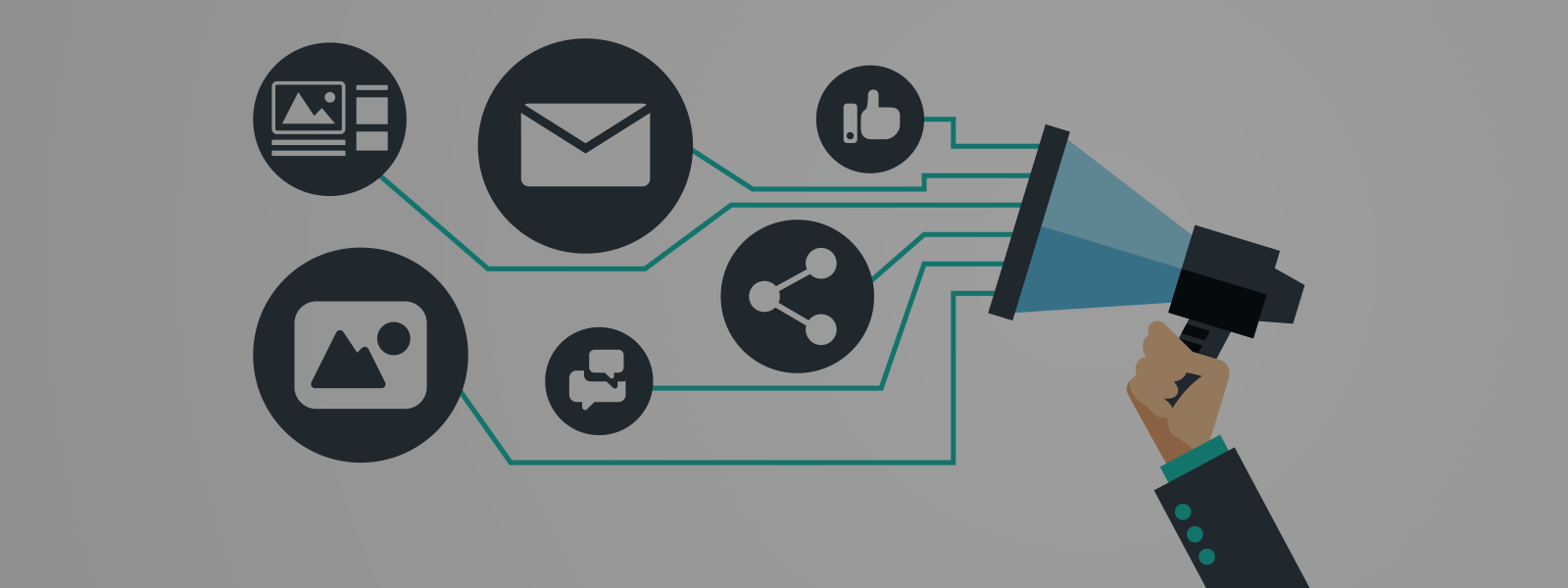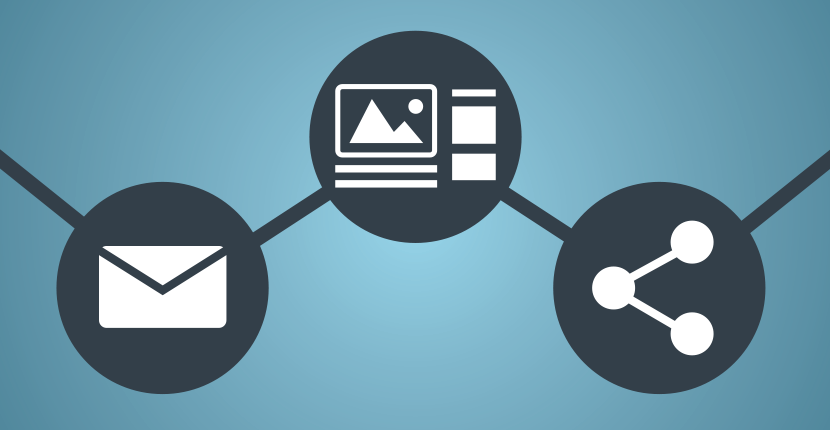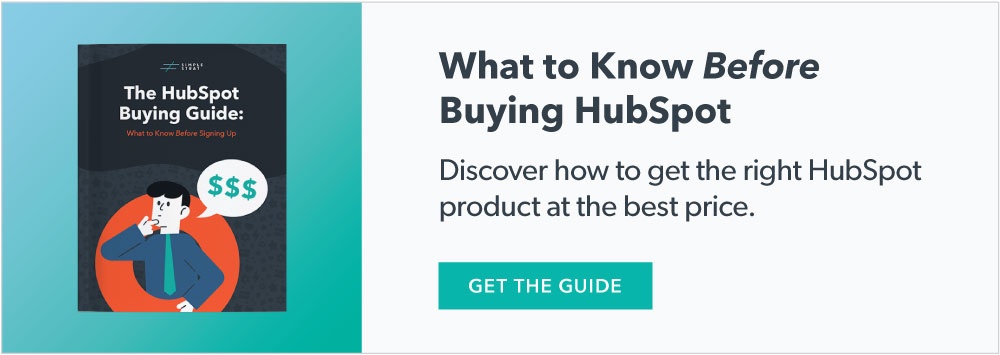“Just do it”
“I’m loving it”
“Think different”
“The quicker picker upper”
When you hear any of those taglines you can almost instantly picture the brand that they go with. That is market or brand awareness.
Creating strong awareness is a continual process that ebbs and flows with the growth of your company. Building and maintaining your market awareness should focus on creating a strong brand foundation and producing content to help spread your name.
Many of the large brands we’re all familiar with use big mass media campaigns like national television ads to spread and maintain their brand awareness. For those of us with smaller budgets, inbound marketing can be a more efficient way to do this.
Brand awareness and inbound marketing are not usually two terms you hear in the same sentence. Brand awareness is often thought of as shouting your name from the mountain top through mass media, while inbound marketing is often considered to be a lean way to gather, qualify, and convert leads. Still, some inbound marketing methods can be very effective in creating awareness for your brand. But before we get to that, let’s step back and define market awareness.
What is Market Awareness
Like the examples above show, market or brand awareness is defined as the extent to which consumers are familiar with the distinctive qualities or image of a particular brand.
Brand awareness should always be a top priority because, without a strong presence, people won’t know about you. Duh, right?
But most of us probably can’t afford to make everyone aware of our brand. And, for those people who we definitely want to get in front of, we don’t want to come on too strong and get lost in the noise of pushy ads and sales messages. Inbound marketing, when done well, helps us avoid that.
So what exactly is inbound marketing?
Inbound marketing is an approach focused on attracting customers through content and interactions that are relevant and helpful — not interruptive. The term was coined by HubSpot co-founder Brian Halligan, as a way to show how marketing can be a positive experience for customers, building relationships rather than resentment.
With inbound marketing, you’ll take leads through the buyer’s journey, attracting them and nurturing them towards buying your product/service. The buyer’s journey includes three stages: awareness, consideration, and decision.
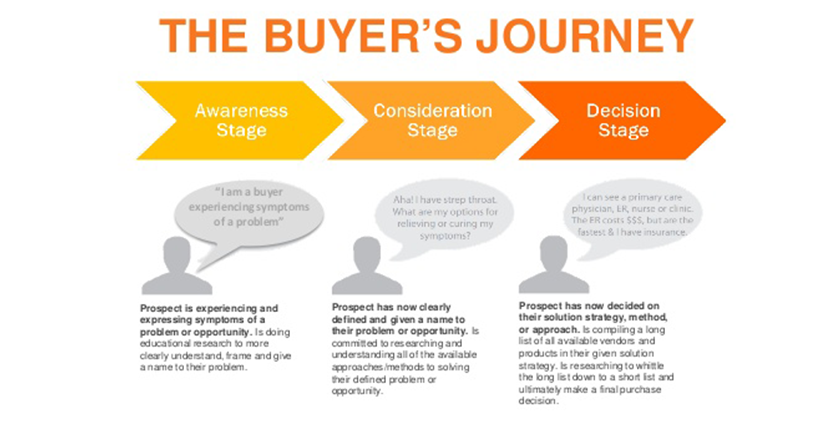
Graphic Credit: HubSpot
The awareness stage is where we’ll be building brand awareness. The awareness stage starts when a person realizes they have need and begins to search for a solution. So this is the perfect time to introduce your brand, without being pushy. But before you start really using inbound marketing to spread awareness of your brand, you’ll need to have a detailed understanding of your ideal customer(s) and a solid brand identity.
Building a Strong Foundation Before Beginning Inbound Marketing
To establish a detailed understanding of your ideal customer(s), we recommend creating buyer personas. HubSpot’s definition of a buyer persona is a semi-fictional representation of your ideal customer based on market research and real data about your existing customers. When creating your buyer persona(s), consider including customer demographics, behavior patterns, motivations, and goals.
Once you have your buyer persona(s) created, you can tailor your awareness-building strategy so that it reaches only the people similar to the persona(s). That way you’re not wasting your time and money reaching people who would never buy from you or who you wouldn’t want to work with.
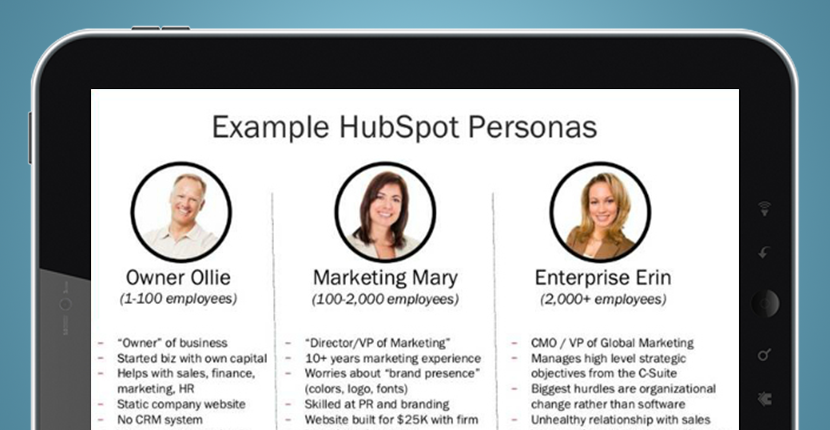
Graphic Credit: HubSpot
The other thing you’ll need before you spread the word about your brand is a solid brand identity. At a minimum, you’ll need a well-defined value proposition and brand personality. In other words, how does your brand help its customers and what voice and tone will your messaging have.
The reason you’ll need these defined is to create consistency. If you’re not consistent, it will be very difficult for your audience to create a clear picture in their minds of what your brand represents and growing your brand awareness will be next to impossible. Just imagine if Nike used the tagline “Just do it” for half their messaging and the tagline “Safety first” on the other half. There would be no way of knowing what their brand truly stood for.
Once you’ve got your foundation established, you’re ready to start using inbound marketing.
Using Content to Boost Awareness
Blog publishing
Blogging is usually one of the core tactics in an inbound marketing strategy. Blogging is a great way to get your brand out into the searchable online world. Plus, if done correctly with optimization and backlinks, it pays off. As found in an Aberdeen research report, marketers who have prioritized blogging are 13x more likely to enjoy positive ROI.
One factor in optimizing your posts to come up in search engines is focusing on using the right keywords. Basically, you want to write about the things your target personas search for when they experience the types of problems your brand solves. If you’re a software company that helps with accounting and you’re writing about the latest and greatest kitchen gadgets, you’re probably not optimizing for the right keywords.
Blog content tends to perform best in search when it's original, useful, and brings expert knowledge to the table. Oftentimes, your team's experts might have time for a video or podcast appearance but not for a blog post. You can still leverage this expertise by repurposing your content, whether from podcast to blog or blog to social post.
Another important aspect of blogging is getting other thought leaders in your industry to link to your posts. These links are called backlinks and they’re a great way to spread awareness about your brand and increase your search engine performance.
There’s a backlink in this section, can you find it? That's right, it’s the stat from the Aberdeen report. We’ve now connected our audience to their content by sourcing their statistic. This is a great thing to keep in mind when you’re coming up with types of blogs to write. Try to create content that is not only easy for readers to understand but for influencers and others in your industry to share and feature.
Now since we’re on the subject of sharing content, let’s talk about social media.
Social Publishing
Now that you’re creating content, you’ll want to promote it. First and foremost is the consistency that your messaging will follow. We talked about it above and we’ll mention it again, the more consistent your messages are, the easier they are to identify.
Along with messaging consistency, comes scheduling consistency. If you continually publish social media posts every Monday, Wednesday, and Friday, your audience will become used to these times and expect to see content from you.
Organically posting your social media content from your blogs is a great start, plus there are plenty of tools out there to make it easy for you. Check out this post that talks all about marketing automation.
A key factor in building awareness is creating content that is interactive or begs your audience to take action by sharing or liking your content. When one member of your audience likes your post, that activity gets shared with all of their friends – which is exactly what we want to happen.
Another way you can use social media to boost your brand awareness is by featuring influencer content on your pages or sending your content to influencers to feature on their channels. Just like those backlinks we talked about in the blogging section. Whichever path you choose for influencer marketing, you’ll increase your reach and credibility because both your influencer and you will notify your audiences of the interaction. #win
Email Campaigns
Email is another core component of inbound marketing. It’s the primary method used to nurture a lead through the buyer’s journey and towards a purchase decision.
Running email campaigns with inbound methodology means that you're basically just serving your readers content that is helpful to them at their place in the buyer’s journey. This allows you to stay top of mind. You’ll keep your audience aware of your brand and be on the tip of their tongue. This helps spread brand awareness through word of mouth, which can be extremely effective.
When your leads turn into buyers, you know that your content marketing and inbound methodology is working. But you can get data earlier in the journey than that. Now let's jump into the analytic side of inbound marketing.
Analytics
To figure out what’s working, you have to know what’s not. That's why it’s incredibly important to collect data from all your outreach and awareness efforts. Google Analytics and other tools are great at pulling this data, but having data and knowing how to use it are two different things.
A few factors that are great at measuring your awareness are social reach, email subscriptions, and social engagement. By monitoring your audience’s interaction and activity on social you can figure out what they like and what they don't.
You can also collect data outside of social with Google Analytics and other tools that focus on the content on your website. If you notice that your blogs aren’t getting very high search results, then you can spend more time optimizing your content or focusing on different keywords that are easier to rank for. It’s hard for people to find you if you’re not in the right place!
Email data is also crucial to your efforts. If you find that your open rates are low, try adjusting your subject line. Your readers should be able to know what your entire email is about just by reading the subject line, but it also has to be interesting. With some tools, you can use personalization to auto-populate lead data like their name into your emails and take your work to the next level.
If you’re consistently building your email list, then you know that your messaging and target is going in the right direction. The same goes for social interaction, but if you notice that you’re putting out a lot of content and you’re not getting much interaction, your awareness may not be growing like you want.
Using these numbers to determine what’s working is a great way to shape and mold your strategy and narrow down which keywords to focus on or which outreach methods are a good fit for your audience.
Getting started
Nike, McDonalds, Apple, and Bounty are all great examples of brands with strong market awareness because you see their slogan and instantly know their brand. Inbound marketing draws people to your brand, combining awareness with positive associations.
The key difference is that instead of shouting random information from a mountain top, you'll be able to target audiences and serve them content they'll benefit most from. It's like concentrated awareness and it's a great place to start!
When helping our clients develop content for inbound marketing, we recommend they use HubSpot. HubSpot was the company that (literally) invented inbound marketing, so their platform is well-optimized for it. But because it can do so much more for marketing and sales, we find it becomes a great central "hub" for businesses who want to grow.
Do you have more questions about inbound marketing and awareness? Drop them in the comments below!
